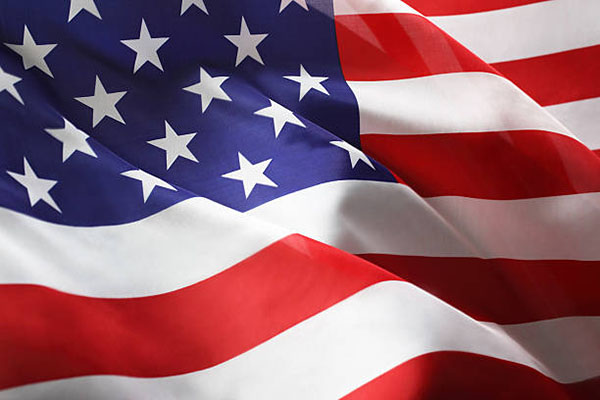Although the nation has celebrated July 4th since the end of the 18th Century, the holiday has been frequently transformed to address contemporary national issues.
One of the most interesting bits of trivia about the Fourth of July recounts that John Adams and Thomas Jefferson, both signers of the Declaration of Independence, died on July 4th, 1826, the 50th anniversary of the event. Throughout American history, July 4th has been tied to patriotism, national celebration, and the glory of liberty. Anthropologist Anthony Aveni writes that, “The 4th of July has become America’s solstice,” referring to long enduring European celebrations linked to the June solstice fires.
Historical Celebrations of July Fourth
Early July 4th celebrations tended to be local events, planned and facilitated by individual communities. In 1777, the day was celebrated in three cities. Some communities stopped celebrating the 4th: Vicksburg, Mississippi waited 82 years, until 1945, to again celebrate the 4th after General Ulysses Grant took the city in 1863 during the Civil War.
Many larger celebrations are associated with Philadelphia. In 1876 the nation celebrated 100 years of freedom with parades, pageants, troop displays, and even Susan B. Anthony reading The Declaration of Rights for Women at the Centennial Exhibition. Showcasing American industrialization and culture, the Exhibition was also international in scope: liberty and freedom had made America great.
The 1876 Exhibition was opened by President Grant and his wife, accompanied by the emperor and empress of Brazil who, according to historian Page Smith, were “the only monarchs that could be enticed to the exhibition…” The “Centennial March”, curiously, was written by the German romanticist composer Richard Wagner.
Twentieth Century Celebrations of July Fourth
During the 20th Century, July 4th saw a greater identification with American causes. July 4th, 1918, for example, was dubbed “Loyalty Day.” During his two term presidency, President Woodrow Wilson frequently used July 4th speeches to end divisions in America and encourage the newly naturalized immigrants to see themselves as Americans. “You cannot become thorough Americans if you think of yourselves in groups,” Wilson said in May, 1915.
By 1916 the 4th was called Americanization Day, celebrated as such in 150 cities. Since the early 20th Century, July 4th has become a day immigrants become naturalized citizens; in 2007, 1000 people took the citizenship oath at Walt Disney World on July 4th.
In 1951, President Harry Truman used July 4th to relate the 175th anniversary celebrations to the Korean conflict. Both represented efforts to achieve liberty from the jaws of tyranny. It was during the 1950s, in the early years of the Cold War, that July 4th celebrations highlighted intense patriotism. National organizations like the American Heritage Foundation planned and facilitated programs showcasing freedom and democracy.
July 4, 1962 witnessed President John F. Kennedy re-instituting the ringing of bells on the holiday. “Ring the Bells for Freedom” continued a tradition that first started under John Adams in the late 18th Century.
Decline of July Fourth Celebrations and Pageantry
The bicentennial in 1976, although grandiose in many respects, lacked the full unity of expression seen decades earlier. The nation was involved in its most unpopular war, Vietnam. Anti-war protestors questioned democracy and freedom, assailing political institutions with charges of hypocrisy and warmongering.
July 4th has recovered and today it is still a day of community celebrations, marked by local parades, out-door concerts, and the inevitable fireworks, which Aveni believes hearkens back to the solstice fires of old. In 2006, the space shuttle Discovery was launched on July 4th, the only shuttle launching ever completed on Independence Day.
Sources:
- Anthony Aveni, The Book of the Year: A Brief History of Our Seasonal Holidays (Oxford University Press, 2003)
- Richard M. Fried, The Russians Are Coming! The Russians Are Coming!: Pageantry and Patriotism in Cold War America (Oxford University Press, 1998)
- James Heintze, American University, Washington, DC “Fourth of July Celebrations Database”
- Page Smith, Trial By Fire: A Peoples History of the Civil War and Reconstruction (McGraw-Hill Book Company, 1982)








